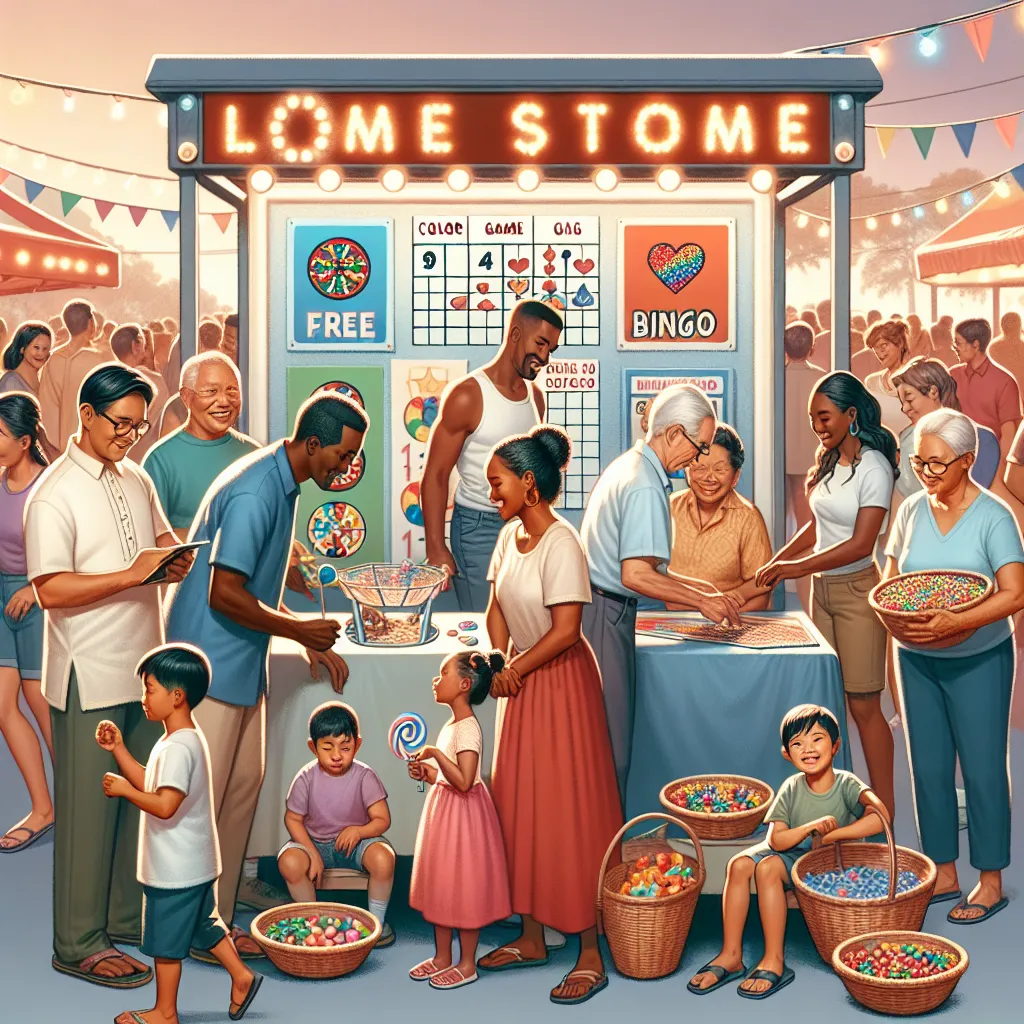Perya games are an integral part of the Filipino cultural landscape, often found during festive occasions, from town fiestas to seasonal fairs. These games not only serve as a source of entertainment but also as a medium through which cultural values, community spirit, and economic benefits are conveyed. This article explores the cultural significance, historical roots, and modern adaptations of perya games in the Philippines.
The word “perya” refers to a fair or carnival consisting of various games, rides, and attractions. A quintessential feature of any Filipino fiesta, perya games offer a nostalgic experience, evoking memories of simpler times for many Filipinos. These carnivals are filled with vibrant colors, cheerful sounds, and a variety of attractions that cater to all age groups, making them beloved by many generations.
Traditionally, perya games include activities like ring toss, shooting galleries, and the famous color game, where participants bet on the landing color of a tossed die or spinning wheel. These games are typically characterized by their simplicity and the excitement they generate, despite being low-cost and often using makeshift materials. The creativity involved in assembling these games is highly reflective of the resourcefulness embedded in Filipino culture.
Over time, while perya games have maintained their traditional essence, they have also significantly evolved. Modern technology has found its way into these age-old games, blending traditional charm with new-age innovation. Electronic games and digitally monitored versions of traditional setups are now commonplace, ensuring that perya games continue to appeal to the tech-savvy younger generation while retaining their allure among older attendees.
However, the element of chance inherent in many perya games raises concerns about gambling. These games often involve small wagers, with the chance to win prizes such as toys, gadgets, or cash. This gambling-like characteristic has sparked discussions regarding the impacts on social behavior and ethical considerations. Regulatory measures vary across regions, with some localities implementing strict control to discourage gambling-related issues, while others adopt a more relaxed approach, appreciating the cultural significance of these games.
Despite these concerns, perya games play a vital role in local economies. By attracting visitors, they boost tourism and stimulate local businesses, providing vital income for vendors, operators, and artisans who participate in these events. The operators of perya games often work as freelance entrepreneurs or family-run businesses that find sustenance through these itinerant fairs, contributing to the economic fabric of many communities.
Furthermore, perya games are important for their social and cultural contributions. They act as venues for communal gatherings, where people from different backgrounds and of various ages come together to partake in the festivities. This fosters a sense of community and shared identity among Filipinos, reinforcing cultural bonds and enhancing social cohesion.
In considering the future of perya games, it is essential to balance tradition with modernity. Ensuring that these games adapt to current and future technological advancements will help sustain their relevance. Additionally, implementing fair play measures and promoting ethical practices will be key in maintaining the trust and engagement of the public while preserving the cultural essence of perya games.
Perya games are more than just a source of entertainment; they are a cultural phenomenon that embodies Filipino ingenuity, tradition, and community spirit. As long as these games continue to evolve and adapt to societal changes while maintaining their traditional roots, they will remain a cherished aspect of Filipino cultural heritage, delighting both current and future generations.




